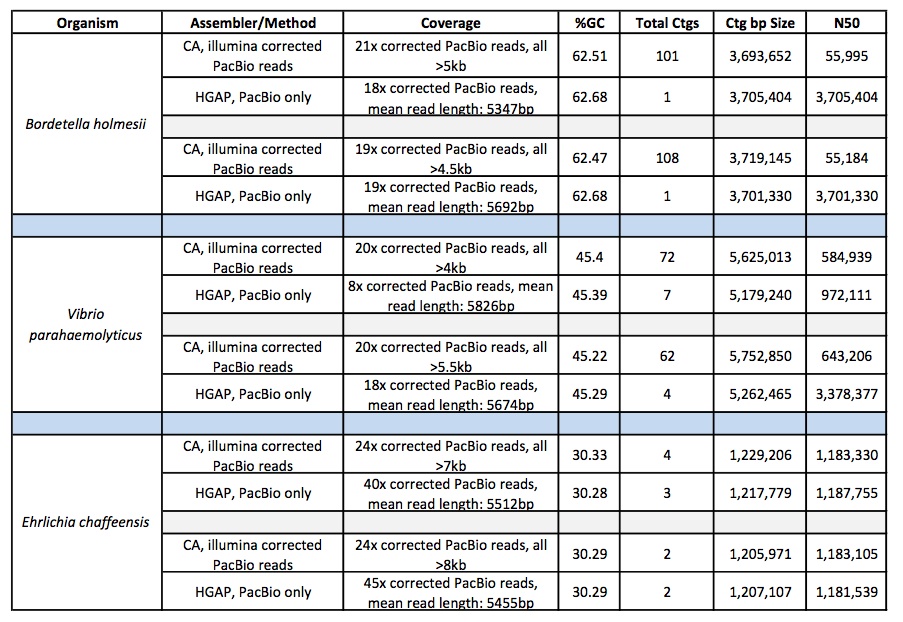16S amplicon sequencing has proven to be an important tool for identifying and quantifying microbes present in metagenomic samples. We have several researchers here at IGS who have used this to analyze organismal and environmental communities for several years.
Together with these researchers, the GRC has been working over the past year to transition high-throughput sequencing of 16S rRNA regions amplified from metagenomic samples from the 454 platform to the Illumina platform. With the increased read length (2x250bp) on the MiSeq, it is now well suited to generate 16S data for a fraction of the cost of generating data on the 454 FLX.
A typical 16S amplicon run on the 454 produces ~1M reads with an average read length of ~500 bp, which enables deep profiling of 100-200 samples. A paired-end MiSeq run generates 500 bp of sequence per amplicon and produces an average of 12M read pairs per run. We are now routinely profiling a minimum of 400 samples per run with even greater depth than possible on 454 for less than half the per-sample cost.
Please contact us for more information about our 16S profiling service using the Illumina MiSeq.

